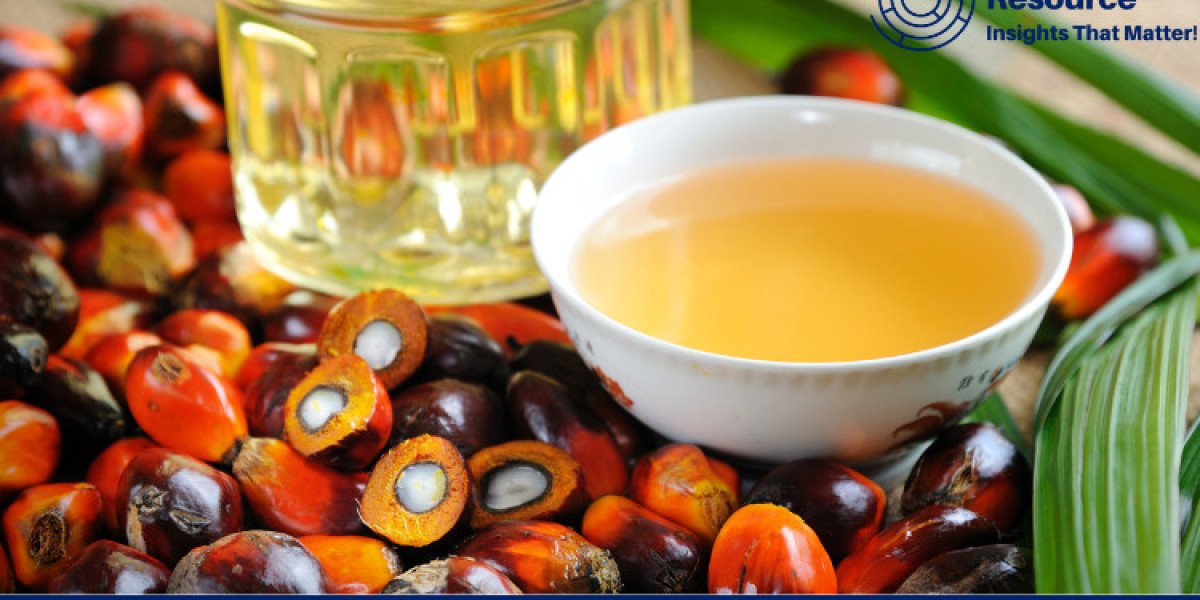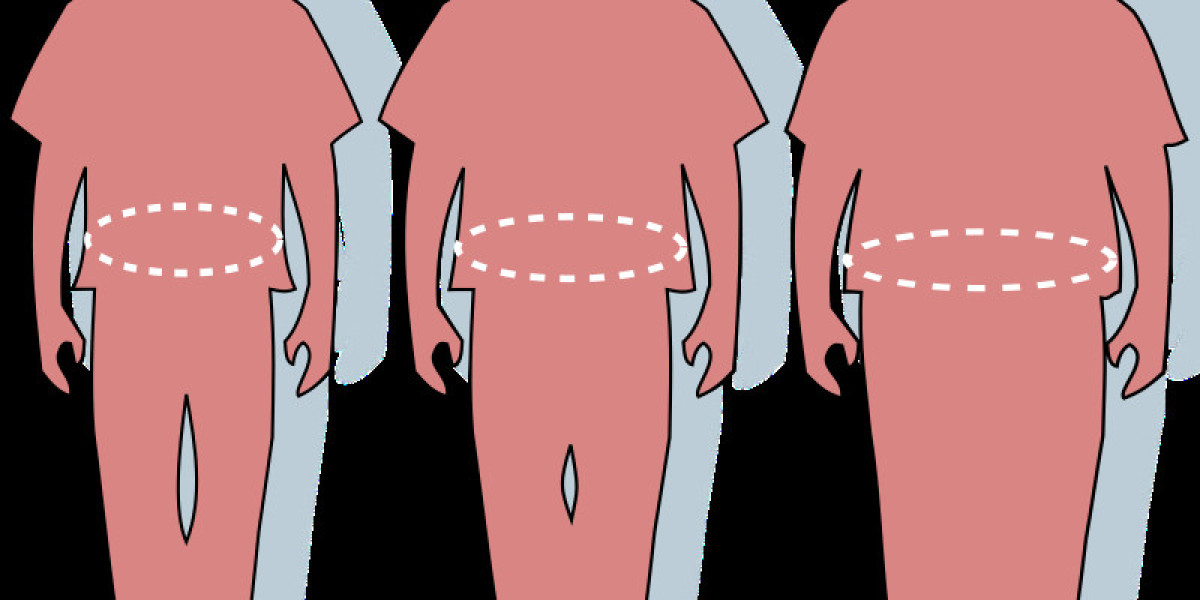In the vast realm of edible oils, one key player often overshadowed by its more illustrious counterparts is RBD Palm Stearin. RBD, which stands for "Refined, Bleached, and Deodorized," Palm Stearin is a derivative of palm oil that holds significant importance in various industries, particularly in food and cosmetics. However, understanding the production cost dynamics of RBD Palm Stearin is crucial for both producers and consumers alike. In this article, we delve into the intricacies of RBD Palm Stearin production cost and conduct a comprehensive analysis of its economic aspects.
Request For Free Sample: https://www.procurementresource.com/production-cost-report-store/rbd-palm-stearin/request-sample
What is RBD Palm Stearin?
Before delving into the economics, let's grasp the basics. RBD Palm Stearin is a solid fraction obtained from the fractionation of palm oil. Fractionation is a process that separates different components of oil based on their melting points. RBD Palm Stearin is widely used in the food industry for various purposes, including as a substitute for cocoa butter in chocolate production, as well as in the manufacturing of margarine, shortening, and bakery fats. Its applications also extend to non-food industries such as soap manufacturing and oleochemical production.
Understanding RBD Palm Stearin Production
The production of RBD Palm Stearin involves several stages, each contributing to the overall production cost:
Harvesting and Processing Palm Fruit: The process begins with the harvesting of palm fruits, which are then transported to processing mills. Here, the fruits are sterilized, threshed, and pressed to extract crude palm oil.
Refining: Crude palm oil undergoes a refining process to remove impurities, such as free fatty acids, pigments, and odors. This refining process involves degumming, bleaching, and deodorization, resulting in RBD Palm Oil.
Fractionation: The RBD Palm Oil is then subjected to fractionation to separate it into its liquid (olein) and solid (stearin) components. Fractionation is typically achieved through a process of chilling and filtration, with stearin solidifying at higher temperatures compared to olein.
Further Refining (Optional): Depending on the desired end-use, RBD Palm Stearin may undergo additional refining processes to enhance its quality and purity.
RBD Palm Stearin Production Cost Analysis
Now, let's break down the factors influencing the production cost of RBD Palm Stearin:
Raw Material Costs: The primary raw material, palm fruit, accounts for a significant portion of the production cost. Fluctuations in palm oil prices, influenced by factors like weather conditions, demand-supply dynamics, and geopolitical factors, directly impact the overall production cost.
Processing Costs: The costs associated with processing, including sterilization, pressing, refining, and fractionation, contribute to the production cost. Energy consumption, labor, and maintenance expenses are key determinants here.
Utilities: Energy-intensive processes such as refining and fractionation require substantial amounts of electricity and steam, adding to the production cost.
Transportation and Logistics: Costs related to transporting raw materials to processing mills and distributing the final product to end-users factor into the equation.
Quality Control and Compliance: Adhering to quality standards and regulatory requirements incurs additional expenses for testing, certification, and compliance measures.
Economies of Scale: Larger production volumes often lead to economies of scale, wherein the cost per unit of production decreases as output increases. Efficient utilization of resources and production facilities can significantly impact production costs.
Conclusion
In conclusion, the production cost of RBD Palm Stearin is influenced by a multitude of factors, ranging from raw material prices to processing expenses and regulatory compliance. Understanding these cost dynamics is essential for producers to optimize their operations and for consumers to comprehend the pricing mechanisms of this versatile ingredient. As the global demand for sustainable and cost-effective alternatives continues to rise, the economics of RBD Palm Stearin production will undoubtedly remain a focal point for industry stakeholders.
Whether it's in the kitchen creating delectable confections or in the laboratories formulating innovative cosmetics, the significance of RBD Palm Stearin reverberates across various sectors. As we navigate the intricacies of its production cost, we gain a deeper appreciation for the role it plays in our everyday lives and the global economy.















